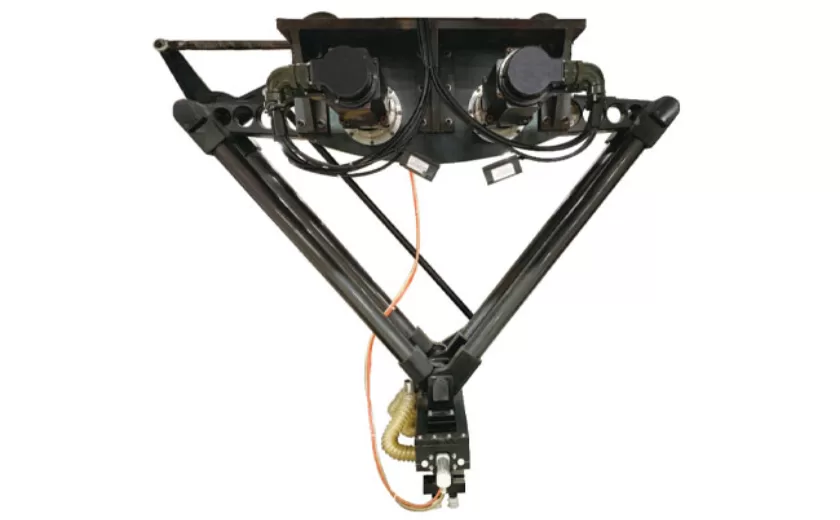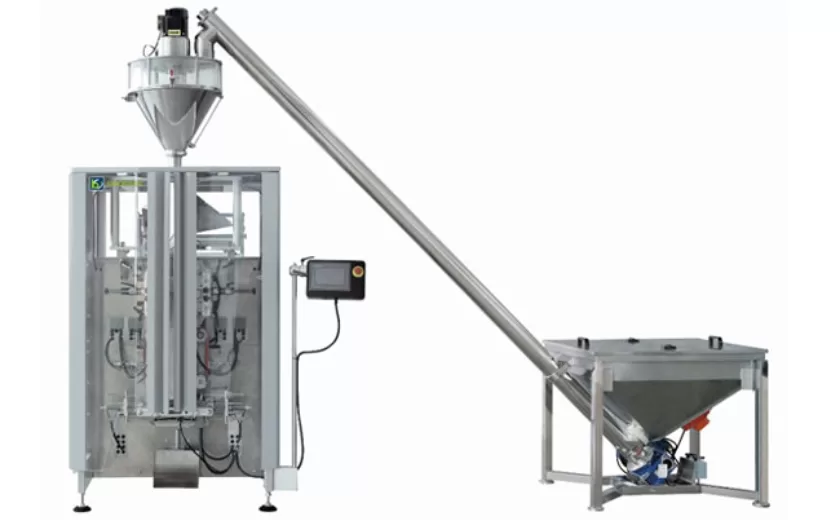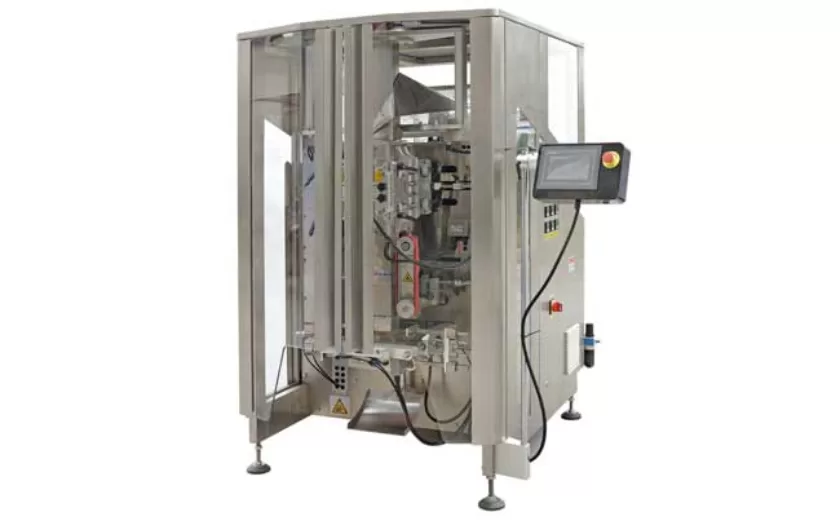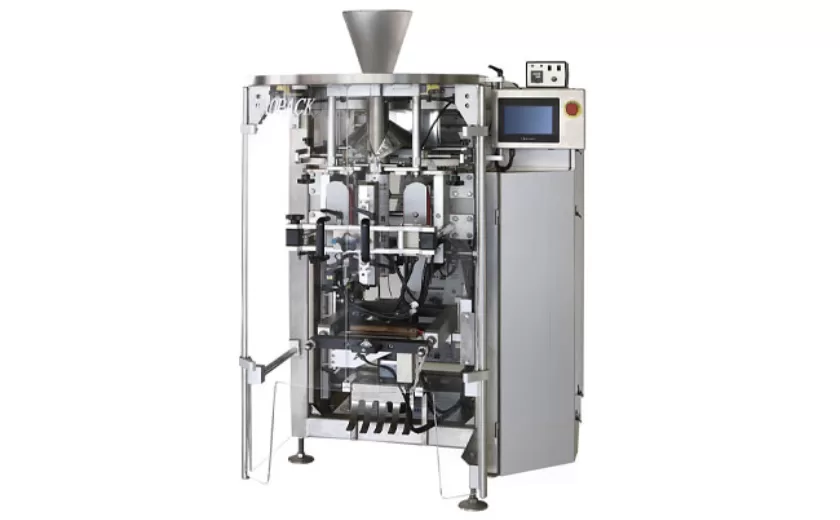How to Optimize Production with a Semi-Automatic Auger Filler
In today’s competitive manufacturing environment, maximizing production efficiency is crucial for businesses to stay ahead. Semi-automatic auger fillers offer a cost-effective solution for filling powders, granules, and other dry products with precision and accuracy. By optimizing the operation of a semi-automatic auger filler, manufacturers can significantly boost productivity and reduce waste.
Equipment Selection
Choosing the right auger filler for your application is essential. Consider the product characteristics, filling volume range, and production speed requirements. Determine the auger size, pitch, and type that best suits your needs. Also, ensure that the filler’s construction materials are compatible with your product.
Accurate Calibration
Calibration is key to ensure accurate and consistent filling. Follow the manufacturer’s instructions carefully and use certified calibration weights. Adjust the auger speed, fill time, and product level to achieve the desired fill weight. Regularly recalibrate the filler as needed to maintain precision.
Proper Product Flow
An uninterrupted product flow is crucial for efficient filling. Use a hopper that is large enough to accommodate the required product volume. Ensure that the hopper is properly sealed to prevent product spillage and avoid cross-contamination. Use vibration or agitation mechanisms to promote product movement and reduce bridging.
Efficient Feed System
The feed system delivers product to the auger chamber. A continuous and steady product supply is essential. Use a reliable conveying system that can match the auger filler’s speed and volume requirements. Avoid feeder jams and fluctuations to prevent filling interruptions.
Minimizing Overfilling and Underfilling
Overfilling can lead to product waste, while underfilling can result in incomplete packages. Utilize a level sensor or other feedback mechanism to monitor product level in the filler chamber. Adjust the auger speed or fill time accordingly to optimize fill accuracy.
Preventive Maintenance
Regular maintenance ensures the optimal performance of the auger filler. Inspect the equipment routinely for wear and tear. Clean and lubricate the auger, hopper, and other components as per the manufacturer’s recommendations. Replace worn parts promptly to avoid breakdowns and maintain accuracy.
Proper Operator Training
Well-trained operators are crucial for maximizing production efficiency. Involve operators in the equipment selection and calibration process. Train them on proper operating procedures, troubleshooting, and maintenance tasks. Ensure they understand the importance of accurate filling and follow established guidelines.
By implementing these optimization strategies, manufacturers can maximize production efficiency with a semi-automatic auger filler. Accurate calibration, proper product flow, efficient feed systems, minimized overfilling and underfilling, preventive maintenance, and proper operator training contribute to increased productivity, reduced waste, and improved product quality.
-
Advanced Packing Solutions: Snacks, Sugar, and Frozen Food Machines
29-10-2025 -
Efficient and Reliable Solutions for Salt, Nuts, and Frozen Dumplings Packing
29-10-2025 -
High-Performance Biscuits, Lollipop, and Ketchup Packing Machines for Modern Food Production
29-10-2025 -
Efficient Liquid Filling and Packing Machines for Modern Production
23-10-2025 -
Reliable Granule Packaging Machines for Efficient Production
23-10-2025 -
Efficient Auger Powder Filling Machines for Accurate Packaging
23-10-2025 -
High-Performance Liquid Filling and Packing Machines for Hygienic Production
10-10-2025 -
High-Efficiency Granule Packaging Machines for Precision and Speed
10-10-2025 -
High-Precision Auger Type Powder Filling Machines for Efficient Packaging
10-10-2025 -
Efficient Vertical Form Fill Seal Packaging Machines for Smart Production
10-10-2025











